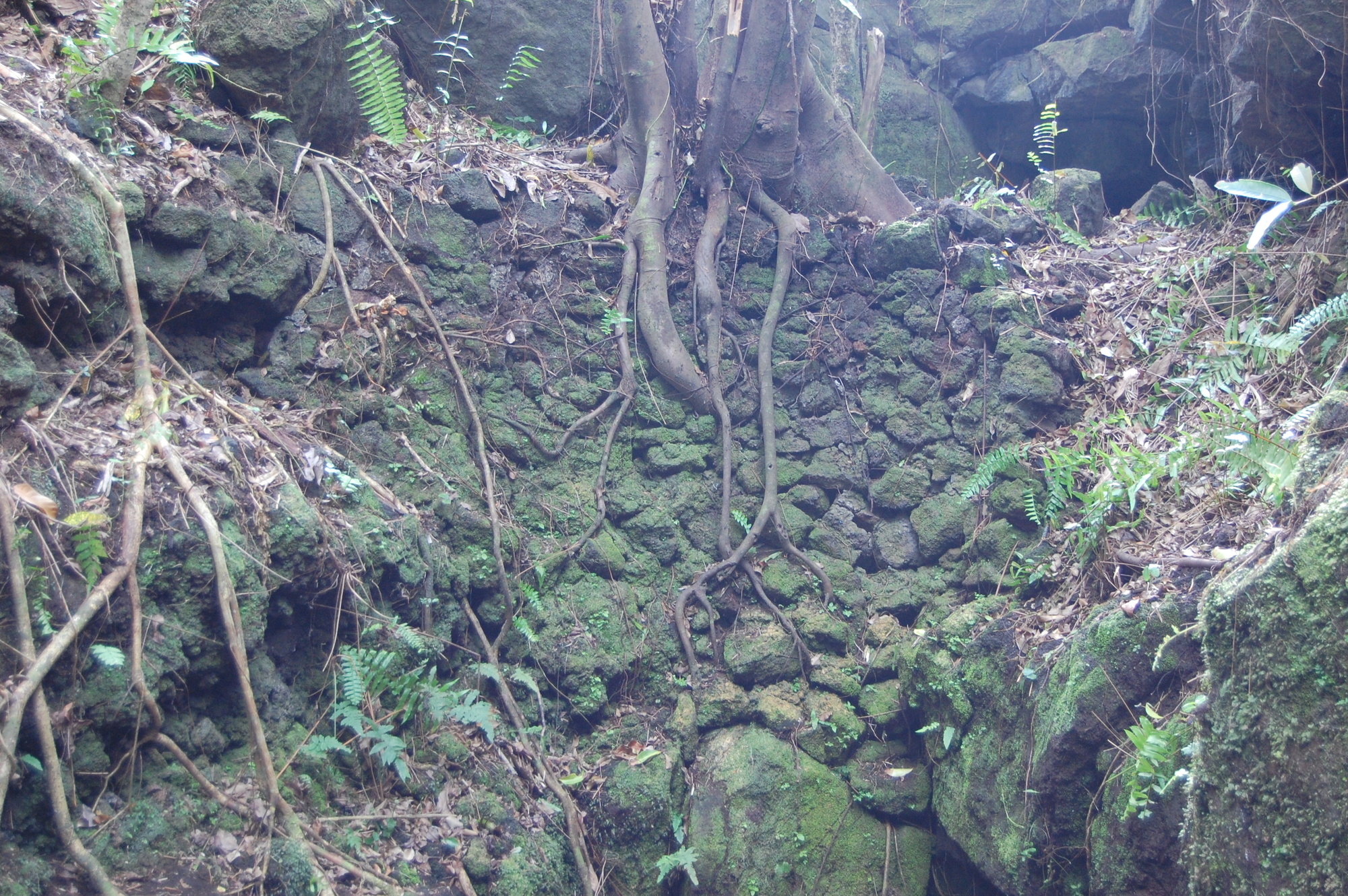
- Home
- Archaeology on Reunion Island
- Sites
- Saint-Philippe
- Puits Arabe
The first archaeological investigations conducted in Saint-Philippe in 1973 identified nine former wells along the coast, only three of which can still be seen today. In 2014, an archaeological record was made of the Puits Arabe.
The Puits Arabe
This well is located on the district’s northeast coast. An open-air stairway leads, via an underground gallery, to a vertical shaft at least nine metres deep. Some twenty moil holes attest to the use of explosives to sink the well.
According to several accounts, the vertical shaft was sunk in the second half of the 20th century prior to the installation of a pump. Successive rodding of the well probably means that remains are unlikely to have survived intact. Its name appears to have originated with A.-G. Garsault who, in 1901, mentioned the existence of a work of this type, built "near Saint-Philippe" by an "Eastern civilisation". Although tradition kept the legend alive, it is unlikely it was dug by Arab sailors before the 17th century, since this coast was particularly difficult to access.
Access to water
Like the Puits des Français, the location of the Puits Arabe offers an insight into how the first settlers here solved the water supply problem. At the interface between two volcanic flows from different ages, the site is favourable to groundwater flow and the fractured rock made it was easier to sink the well at this point. It was sunk at the site of an ancient gully.





